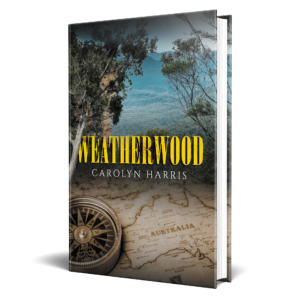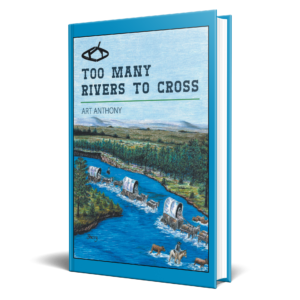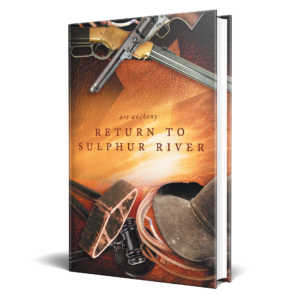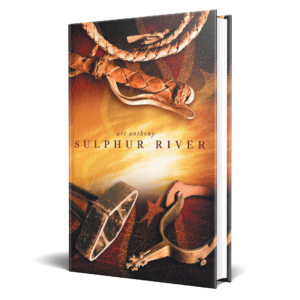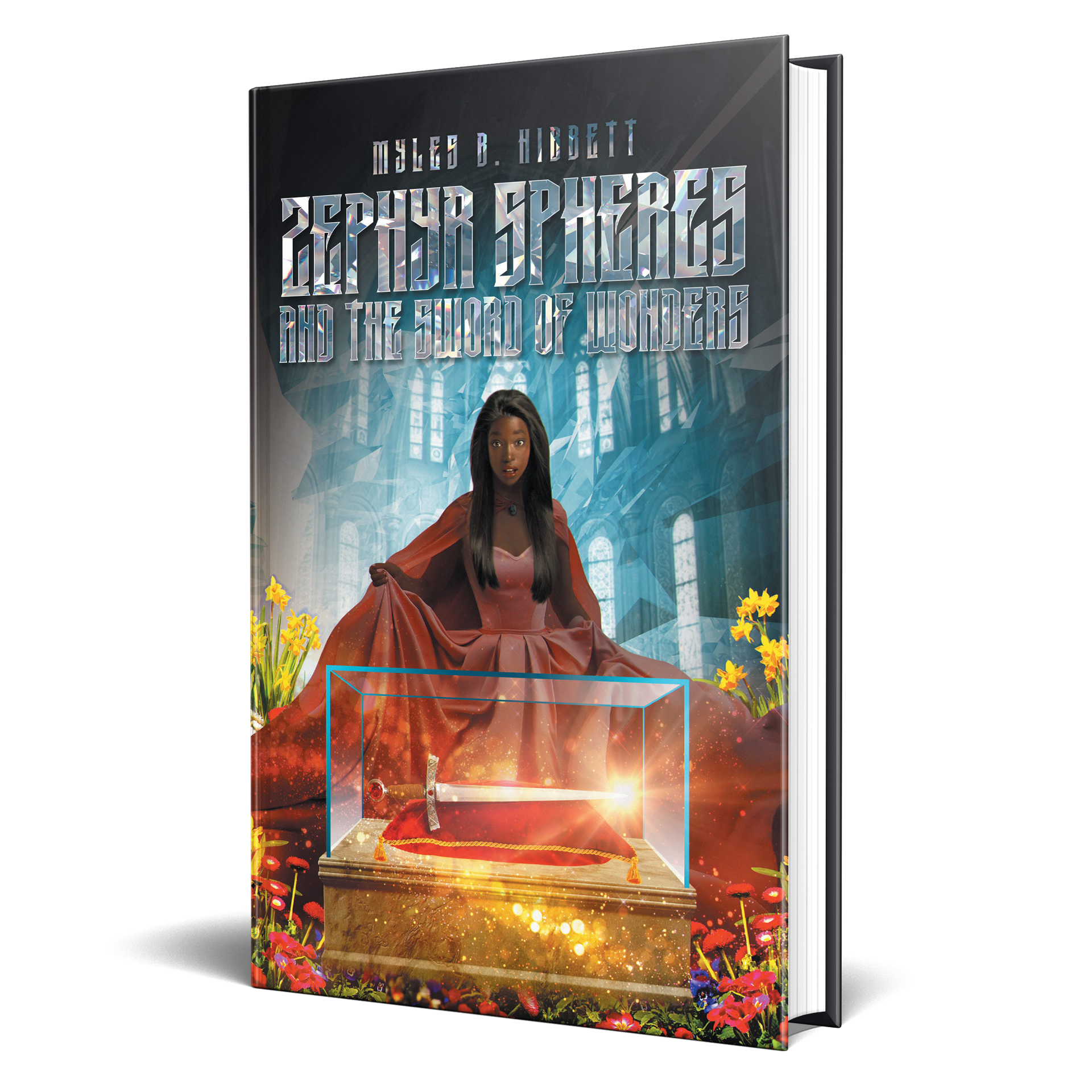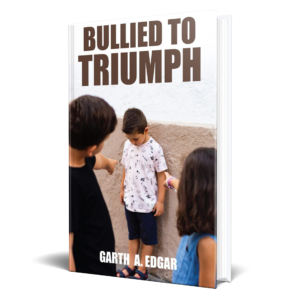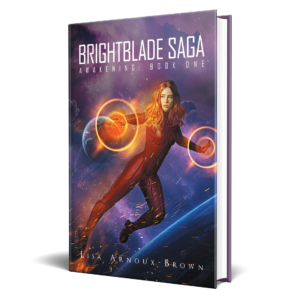Description
Awkward thirteen-year-old Zephyr Spheres has a pretty grim and mundane existence. She takes orders from her foster mother, Mrs. Krumple, and is ridiculed at school by bully and wealthy classmate, Trinda Temple. That is, until Zephyr is transported to Danus, the world of magic, and taken to the mystical kingdom of Crystotopia. Together, with a cast of unique and memorable characters including the emotional dwarven nursemaid, Helga, the talking falcon, Scorn, and the temperamental fire wizard, Cor, Zephyr uncovers the secrets of her past. And, she harnesses the power of a legendary sword to eventually help save the kingdom from the hands of the sinister Dark Forces, as well as rescue her father, the King of Crystotopia.
REVIEWS
Zephyr Spheres and the Sword of Wonders introduces us to the title character, an orphaned outcast living with a set of foster parents who are neglectful at the best of times. She’s a “Cinderella” who does chores all day while her foster mother lazes about. Oh, and she can talk to animals. Zephyr’s peers and teachers shun her for being poor and weird, but the obscenely rich Trinda Temple goes out of her way to taunt Zephyr. A schoolroom lesson on the Salem Witch Trials and more antagonism from Trinda lead to Zephyr unleashing power the latter never knew she had. The next thing Zephyr knows, she’s about to be sent away, and at this new low in her life, a pair of dwarves come to take her to another world where everyone has magic and, wonder of wonders, she is a lost princess. Of course, life in this new land won’t be easy with her father missing and the kingdom’s chancellor rooting for her to fail in her new role, so Zephyr takes on the mission of finding out just what happened to her father and getting him back on his throne.
One thing Hibbett excels at is vivid description. Both characters and settings are brought to life with excellent detail. At times that detail falls into caricature territory. For example, Trinda is comically shallow and rides around in a stretch limousine to show off her riches to the town’s poorer residents though she attends what appears to be a public school. Still, I can appreciate the world-building and characterization that enhance the story and really drive home that Zephyr lives in a terrible limbo and has trouble belonging wherever she goes.
The book feels as if it was written for children and yet is challenged to really cross into YA territory. Zephyr is almost 14 years old, but it’s easy to forget that while reading, and I can’t imagine many middle or high schoolers getting invested in the story, though the 6th grade and under crowd might enjoy it. While Zephyr’s seeming immaturity can be explained away as a result of her upbringing, something seems to be missing in her dialog with other characters and in the narration itself, which has many elements to make this a truly epic adventure.
Children who love fantasy and outcast stories will find this an enjoyable, colorful read. If the novel is to become a series, I hope that Zephyr is a little more confident and sophisticated—after all, she is a princess who has been on a dangerous adventure and confronted great evil.
Candace L. Barr
Pacific Book Reviews
“’That’s not possible!’ she screamed. ‘She turned into a doll! She’s a real witch! This must go against almost EVERY SINGLE LAW OF SCIENCE AND NATURE!’”
Zephyr Spheres is a 13-year-old girl who lives with her foster parents, the Krumples. Mr. Krumple isn’t too bad; he just works all the time. Mrs. Krumple, however, treats Zephyr like a servant. Mrs. Krumple’s character is much like Cinderella’s stepmother. Also, because of Zephyr’s shabby clothes and poor social status, the children and teachers at school treat her less favorably than the other children. In particular, the rich Trinda Temple never misses an opportunity to put Zephyr down. After a particularly mean insult from Trinda, Zephyr turns her into a doll. Zephyr isn’t sure what she did or how she did it, but the news spreads quickly. Soon, the government comes and offers her foster mother money to allow them to take Zephyr away to learn about her magic. Mrs. Krumple readily agrees. However, before the government men take her away, two dwarves appear and tell Zephyr that she is needed in the realm she was born in, Danus. Not wanting to be sold to the government, Zephyr quickly agrees to go with the dwarves. However, Danus has its own problems. Zephyr finds out that her real father is alive and is King of Crystotopia, one of the lands in Danus. To make matters worse, he has been kidnapped by evil forces employing dark magic. Zephyr realizes she needs to find a way to save her father and his kingdom while navigating the pitfalls of the royal court.
Hibbett’s book is clearly written and moves the plot along at a swift pace. The book also relies on some familiar fantasy tropes, and the storyline feels heavily influenced by many favorite children’s books. For example, the world of Danus, and Zephyr’s role in it, conjures up similarities to the Narnia series. Also, the way magic works, the potions they take, and the flying out of the bedroom window to travel to Danus are reminiscent of Alice in Wonderland and Peter Pan. Additionally, the fact that Zephyr has magic on an earth full of ordinary humans with no magic creates a similar vibe to the Harry Potter books. Zephyr’s character is a strong-willed girl—complex and likable. There is a nice bit of mystery in the book concerning who among the members of the court is a traitor to the King. The cast of characters is varied and interesting, including dwarves, lizard-like trackers, sorcerers, and witches. The magic sword that can only be wielded by someone of royal blood reminds one of The Sword and the Stone.
Hibbett’s descriptive writing is well-done. He provides the reader with enough detail that it is easy to picture the characters and setting. Also, the most important characters are well-rounded rather than flat and one-dimensional. Occasionally, some of his metaphors don’t seem quite right. For example, at one point, Hibbett writes, “Trinda’s taunts hit her like bullets…” Trinda is on her way to school at this point, and the bullets simile comes across uneasily since school violence is such a relevant topic these days. Overall, though, the pacing is good, and the pages turn quickly. This book should appeal to younger middle-grade readers, especially those who enjoy fantasy or adventure stories.
Mark Heisey
The US Review of Books
